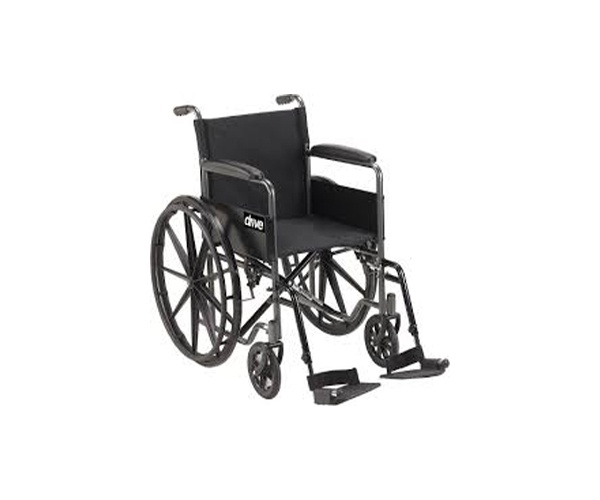People are Changing the Wheelchair Industry

Wheelchairs are a necessity for many people in the world, 4 million Americans alone, and yet, they have been left behind in technological advances. Some start-ups are trying to change the wheelchair mold. The idea is that computer vision and intelligent braking can make them easier to use.
Why Have Wheelchairs Fallen Behind with Innovation?
Companies haven’t been improving the design of wheelchairs because insurance tends to only cover basic equipment needs.

The few organizations that sell wheelchairs are more focused on new colors and sizes than innovation.
Start-Ups Changing the Wheelchair Mold
Both companies talked about here want to help prevent injuries caused by tip-over accidents, which is a common injury.
Tipping over happens when going over a bump or reaching for something. The weight can be thrown off and the chair can fall, causing injuries. Around 87% of wheelchair users reported at least one tip or fall in the past 3 years.
What Luci is Doing with Wheelchairs
An assistive mobility company named Luci announced a partnership with National Seating & Mobility. They want to give power wheelchair users (meaning the user can move around without having to push) access to a new safety device that attaches to the chair.
This device can be put on any electric wheelchair for people with upper and/or lower limb conditions. They call it a smart frame and it’s hard to see once installed.
The system uses radar sensors and three cameras that allow the wheelchair to “see” what’s around it. It features collision-avoidance software that prevents people from bumping into things. There’s even software that can sense any drop-off, like a dip in the sidewalk.
Phoenix Wants to Change the Entire Design
Another company, Phoenix Instinct, wants to change manual wheelchairs dramatically. The founder of the company is a wheelchair user himself. He doesn’t like how boxy and large the traditional style is.
In the 40 years since he became a wheelchair user, manufacturers have only maybe them lighter and smaller. They are still cumbersome.
The Phoenix I uses a leveling system that adjusts its center of gravity. It’s under 10 pounds and has a power assist feature to help minimize muscle strain. It has a braking system that detects when a user is traveling downhill to slow their descent.
Read more here.